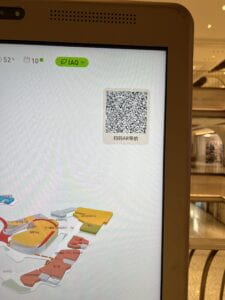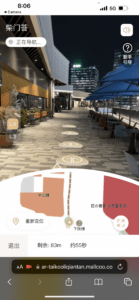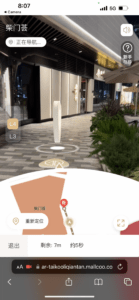This immersion experience is conducted in the Taikoo Li mall 2F (stone zone). The immersion is comprised of 3 part:
- Observe
- Interact
- Document
and this post documents the observe phase and interact phase. To avoid people staring at me since the immersion time lasted around 1 hour, and also implement the process more effectively, I adopted 3 items from the Oblique Strategies by Brian Eno and Peter Schmidt:
- Water (pretend drinking water)
- Do something boring (to explore the machine to the largest extent)
- Is there something missing?
Here are the results:
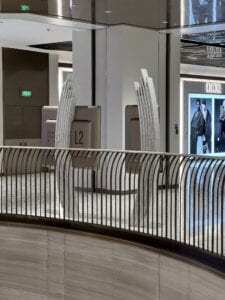
The map machine is located around the main entrance of each floor, with a industrial but modern look and design.
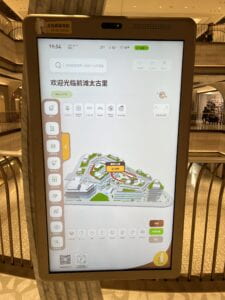
The map has a default view, with an overall map of the entire mall. Unfortunately, there were no markings, serial numbers, or indication of where it was made. The machine is housed by a metallic case, which makes it hard to probe its insides.
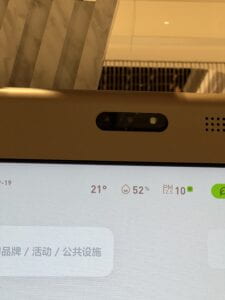
Immdiately, a camara mounted on the top of the machine is very visible. There were no applications in the machine that explicitly uses the camara, which left me wonder what it actually does (facial recognition? consumer portraits?)
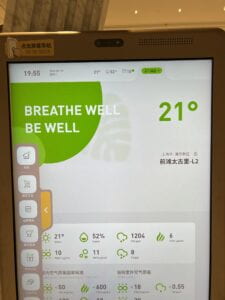
A very detailed air quality dashboard.
When I touched the screen, the bubble upon touch resembles an android system.
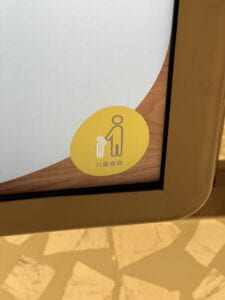
Height friendly mode that changes the screen size.
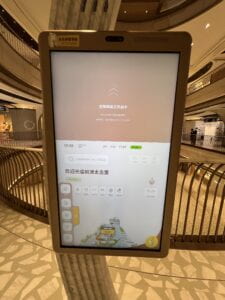
Finally, a very interesting AR navigation experiment. Scan a QR code, login on the phone, then the AR app will take you to your destination. But it is awkward because you need to hold the phone high and aim at the road in front of you.
